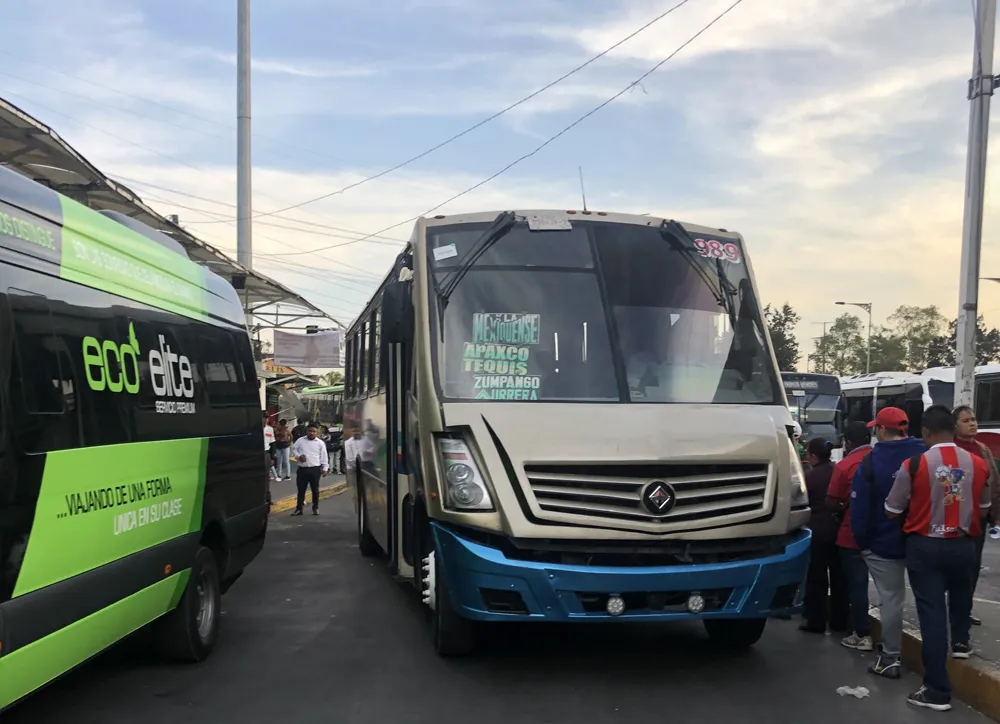Increased demand for up-to-date, real-time traffic information has resulted in the growth of the Global Traffic Management Systems Market, which is expected to post a CAGR of 37.69 per cent from 2015-2019, says research firm Technavio.
Passengers are demanding access to route and time information for public transit like buses, subways and trains. This is leading traffic authorities and transport agencies to embrace traffic management systems that can predict relevant traffic information through predicti
April 15, 2015
Read time: 2 mins
Increased demand for up-to-date, real-time traffic information has resulted in the growth of the Global Traffic Management Systems Market, which is expected to post a CAGR of 37.69 per cent from 2015-2019, says research firm Technavio.
Passengers are demanding access to route and time information for public transit like buses, subways and trains. This is leading traffic authorities and transport agencies to embrace traffic management systems that can predict relevant traffic information through predictive analytics.
Additionally, the new Technavio report draws attention to cashless payments via smart cards and NFC enabled devices as a major market growth driver.
“There is a rise in the use of smart cards for making payments, as they can reduce the time spent waiting in parking zones and at toll stations. This trend is growing in emerging countries in the APAC region and Latin America, and will significantly impact the market through the projected period,” says Faisal Ghaus, vice president of Technavio.
In addition, the market is witnessing an increase in the adoption of SaaS-based traffic management solutions, as they are useful for parking and traffic management, and during emergency situations.
Passengers are demanding access to route and time information for public transit like buses, subways and trains. This is leading traffic authorities and transport agencies to embrace traffic management systems that can predict relevant traffic information through predictive analytics.
Additionally, the new Technavio report draws attention to cashless payments via smart cards and NFC enabled devices as a major market growth driver.
“There is a rise in the use of smart cards for making payments, as they can reduce the time spent waiting in parking zones and at toll stations. This trend is growing in emerging countries in the APAC region and Latin America, and will significantly impact the market through the projected period,” says Faisal Ghaus, vice president of Technavio.
In addition, the market is witnessing an increase in the adoption of SaaS-based traffic management solutions, as they are useful for parking and traffic management, and during emergency situations.








